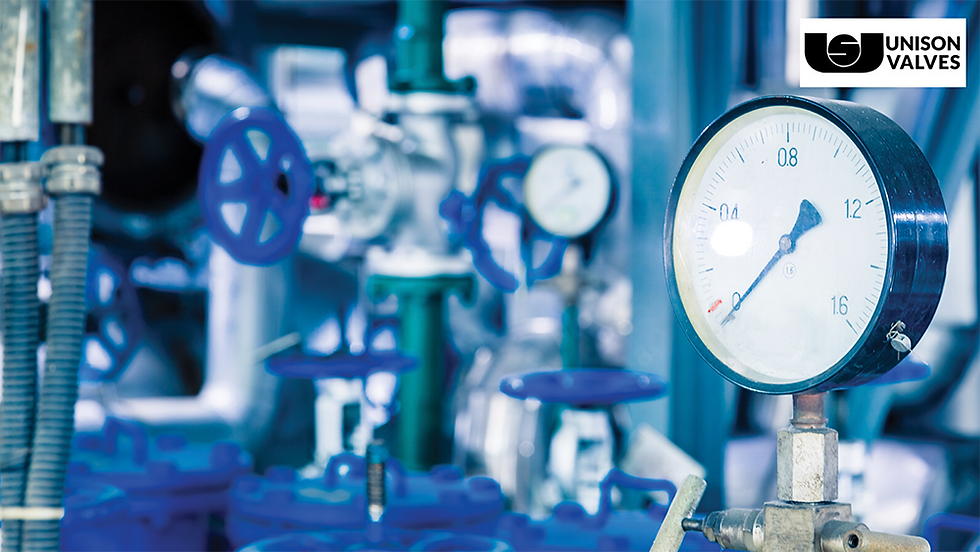Valve Design Principles: Understanding Valve Function
- Sai Kapil Reddy
- Sep 12, 2024
- 2 min read
Updated: Sep 14, 2024

Valve design is a complex process that involves understanding various factors to ensure optimal performance, reliability, efficiency, and manufacturability for mass production. This blog will explore the key principles that guide valve design, providing insights into how different valve components and configurations affect their functionality.
Key Valve Design Principles
Flow Characteristics: Consider the desired flow rate, pressure, and temperature when designing a valve. The valve's internal geometry and materials should be chosen to accommodate these factors.
Fluid Properties: Understand the properties of the fluid being handled, such as viscosity, density, and corrosiveness. This information will help determine the appropriate valve type and materials.
Operating Conditions: Evaluate the operating environment, including temperature extremes, pressure fluctuations, and potential contaminants. The valve design must be robust enough to withstand these conditions.
Maintenance and Repair: Consider the ease of maintenance and repair when designing a valve. Factors such as accessibility, modular design, and replaceable components can significantly impact long-term performance.
Safety and Reliability: Ensure that the valve design incorporates safety features and is reliable under various operating conditions. This may involve redundancy, fail-safe mechanisms, and adherence to relevant standards.
Valve Design Considerations
Valve Type: Choose the appropriate valve type based on the application requirements. Factors to consider include flow control, pressure regulation, and isolation.
Valve Body: The valve body should be designed to withstand the operating pressure and temperature. It should also be accessible for maintenance and inspection.
Stem and Packing: The stem and packing should be selected to provide a reliable seal and prevent leaks. Factors such as fluid compatibility and friction are important considerations.
Actuator: The actuator should be chosen based on the required force or torque, operating environment, and control requirements.
Materials: The valve materials should be compatible with the fluid being handled and the operating conditions. Corrosion resistance, strength, and durability are essential factors.
Valve Design Optimization
Computational Fluid Dynamics (CFD): Use CFD analysis to simulate fluid flow and optimize valve design for efficiency and performance.
Finite Element Analysis (FEA): Use FEA to analyze the structural integrity of the valve and identify potential stress points.
Material Selection: Carefully select materials that are compatible with the fluid and operating conditions.
Design Simplification: Minimize the number of components and simplify the design to reduce manufacturing costs and improve reliability.
By understanding these key design principles and utilizing advanced analysis techniques, you can create valves that are optimized for performance, reliability, and efficiency.
Need help with valve installation? Our experts are here to assist. Contact us today for a quote
Featured Image source: Yandex



Thank you for your Valuable Information of
<a href=" https://evergreenhomes.in/wazir-your-trusted-home-solutions-provider-in-pune/"> Wazir: Your Trusted Home Solutions Provider in Pune
</a>